EU chief Brexit negotiator Michel Barnier complained that “the United Kingdom cannot impose this very short calendar for negotiations and at the same time not move, not progress on certain subjects that are important for the European Union.”
At the same time, “we cannot accept selective progress on a limited set of issues only. We need to find solutions on the most difficult topics,” he added. “The UK cannot refuse to extend the transition period and at the same time slow down discussions on important areas.” To be more specific, he said the UK “failed to engage substantially” on issues such as a future trade deal and that “we made no progress on fisheries”.
There will be two more rounds of talks in the week of May 11 and June 1, before a high-level meeting in June to review the negotiation progress. Barnier warned, “we must use these rounds to make real, tangible progress across all areas.”
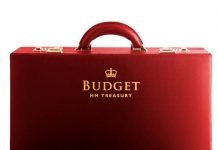


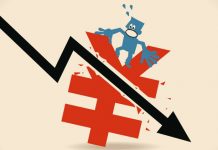
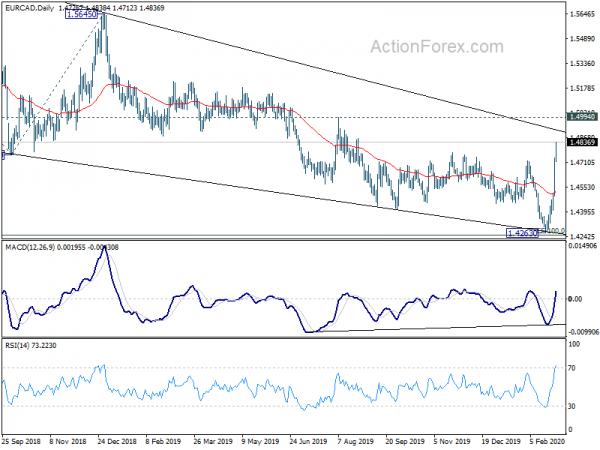
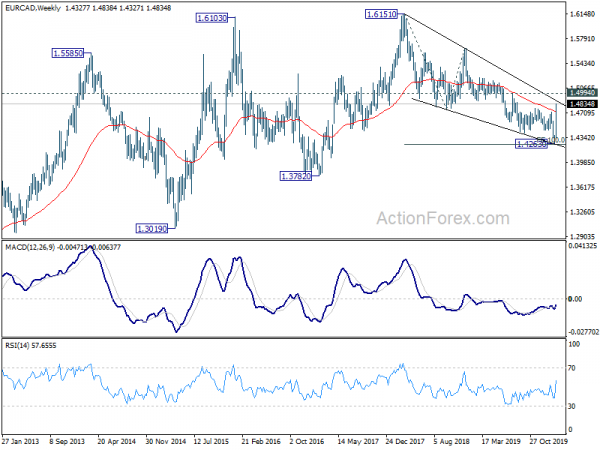
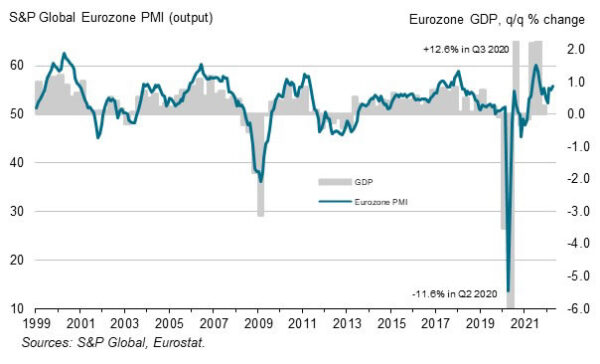
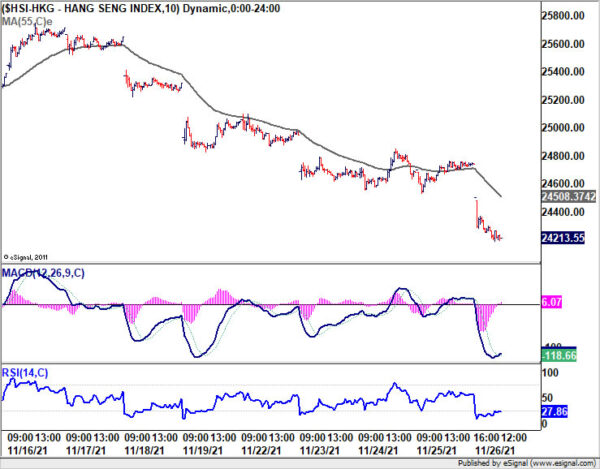
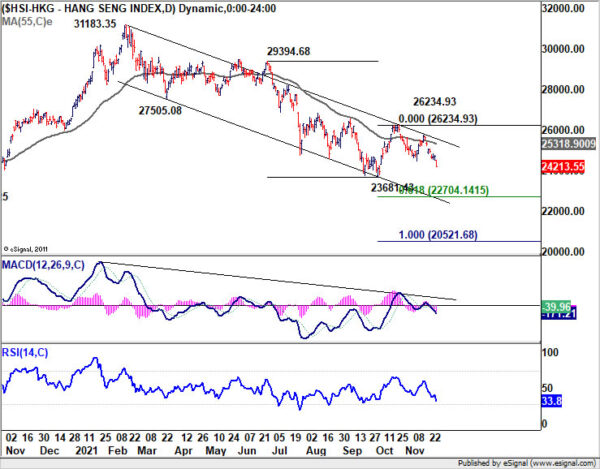
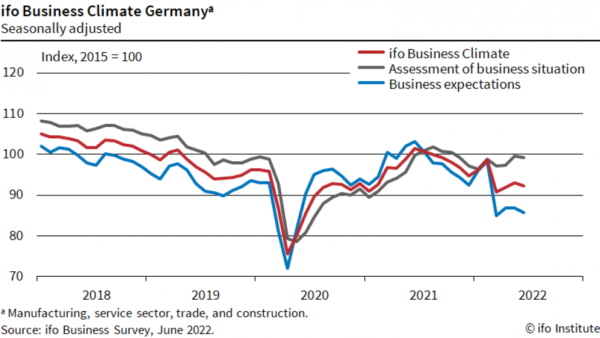
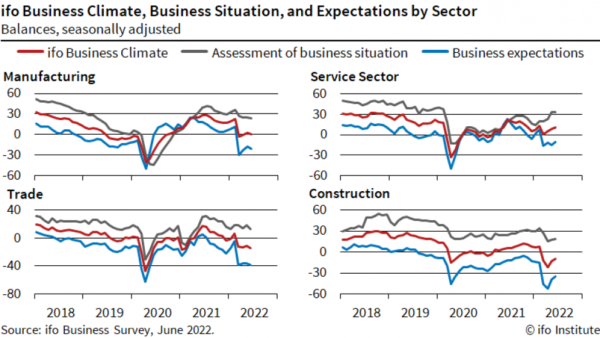
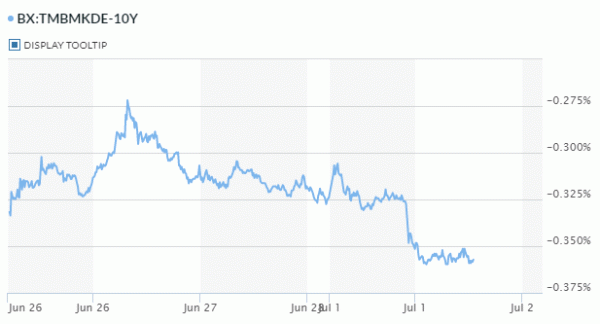

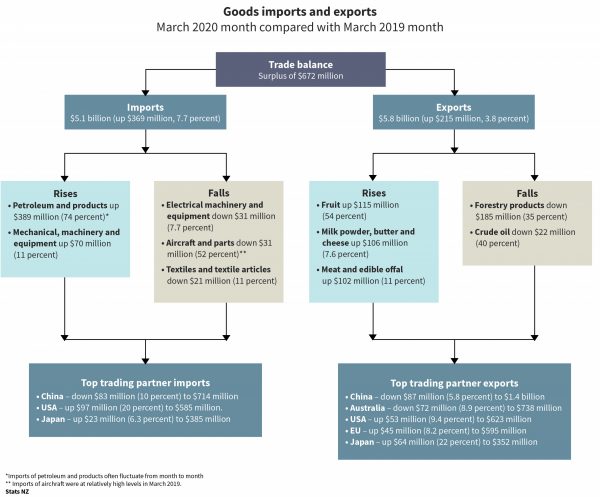
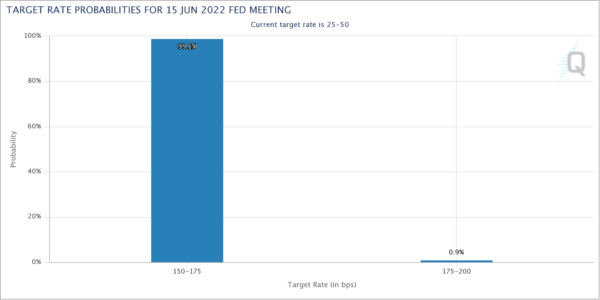
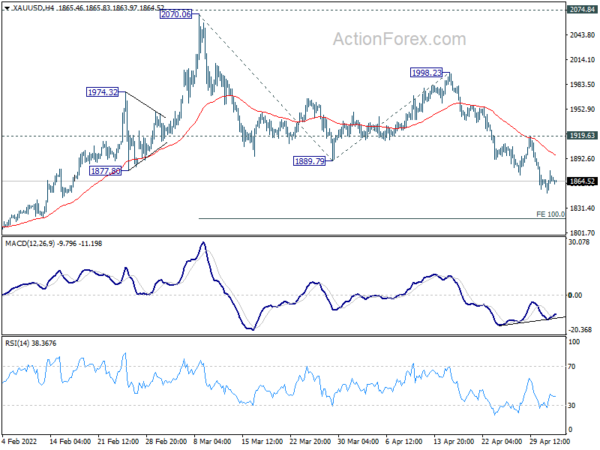
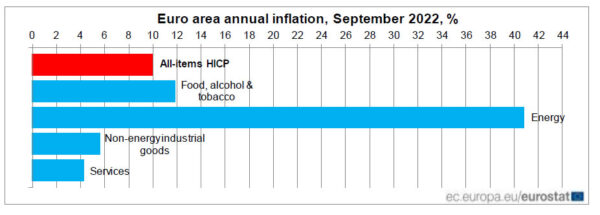
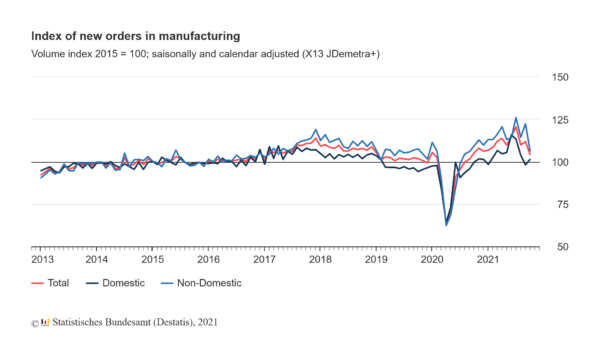
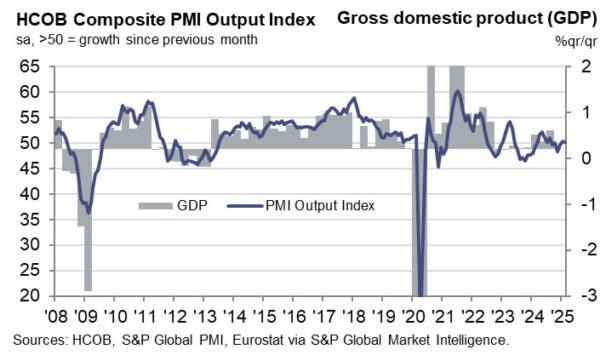
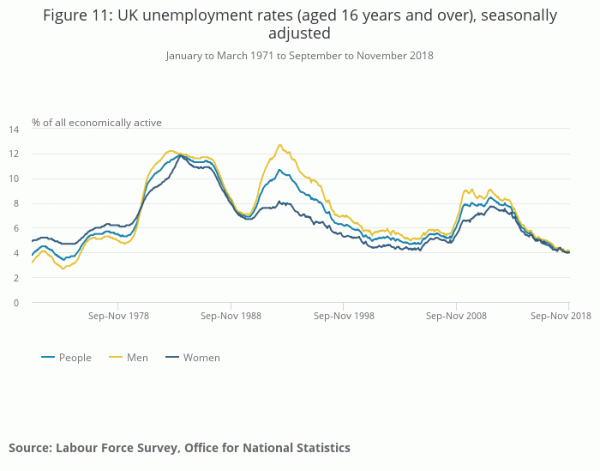
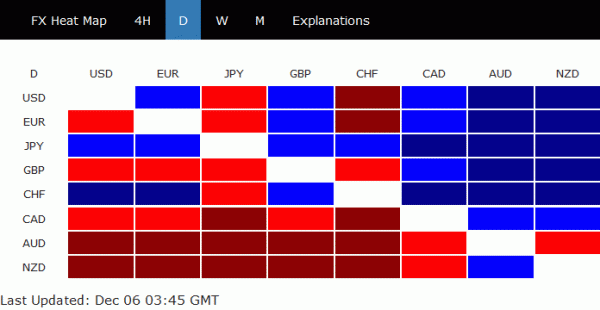
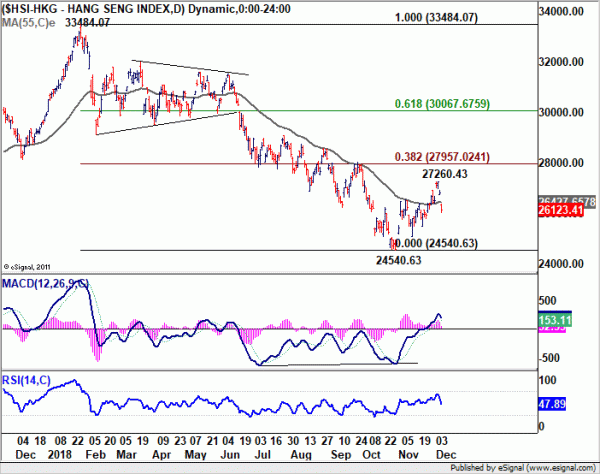
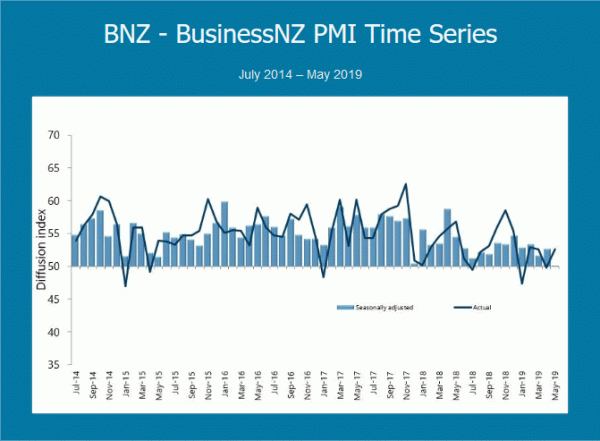

ECB minutes: Policy rates not yet reached reversal rate
In the December 11-12 monetary policy accounts, ECB said incoming data since October pointed to “continued weakness” in Eurozone growth dynamics, but there were “some initial signs of stabilisation”. Inflation development remained “subdued overall” while there were “some indications of a slight increase in measures of underlying inflation in line with previous expectations.”
Policy makers were confidence that current monetary policy would “provide the necessary monetary stimulus” to support stabilization of growth. “Perceptions of receding uncertainties” regarding US-China trade dispute also supported positive market sentiments and equity prices.
There was “broad agreement” on the need to carefully monitor incoming data and evolution of risks. Some members highlighted the need to be “attentive to the possible side effects” of current policy measures. But “confidence was expressed that policy rates had not yet reached the so-called reversal rate”.
Full accounts here.